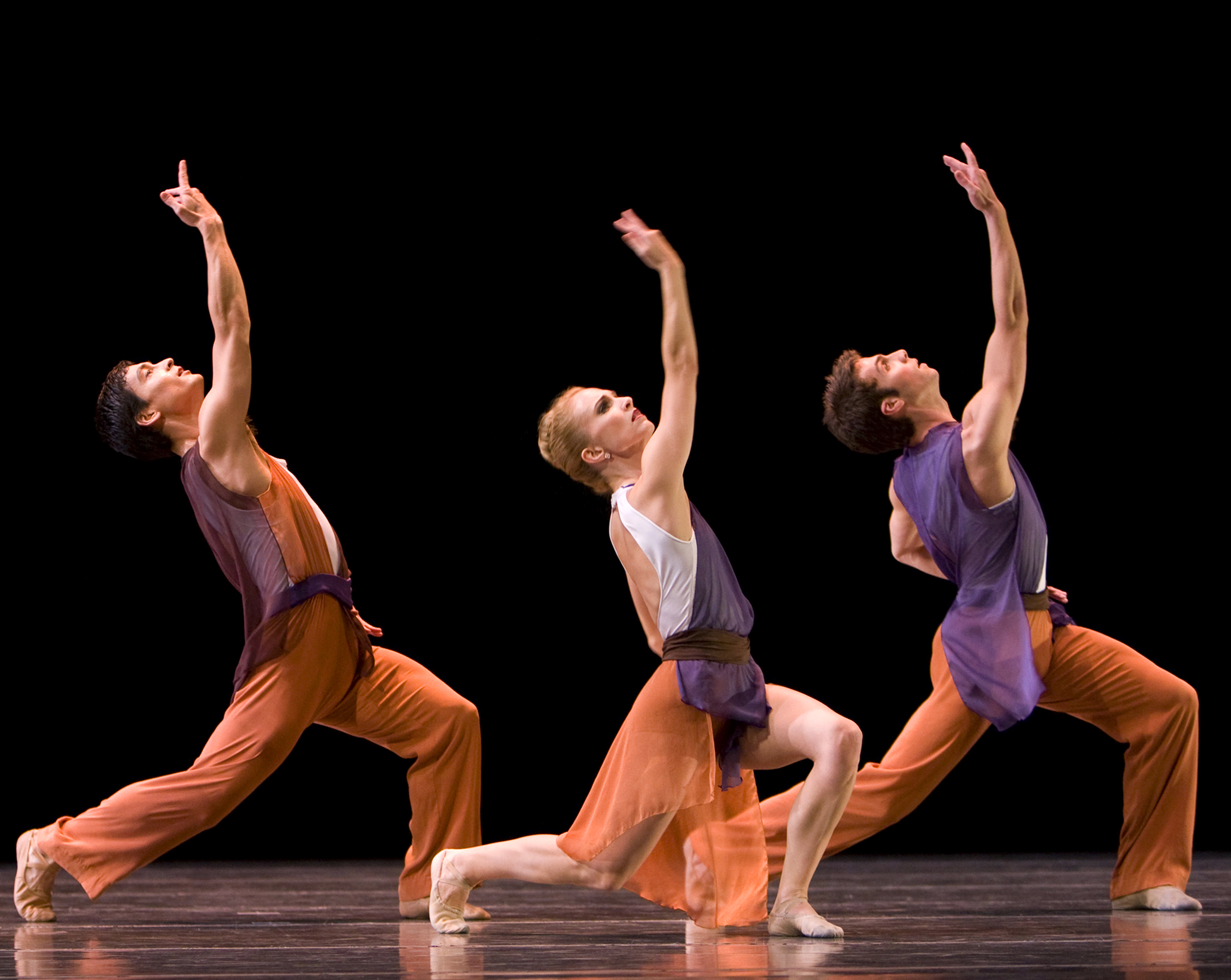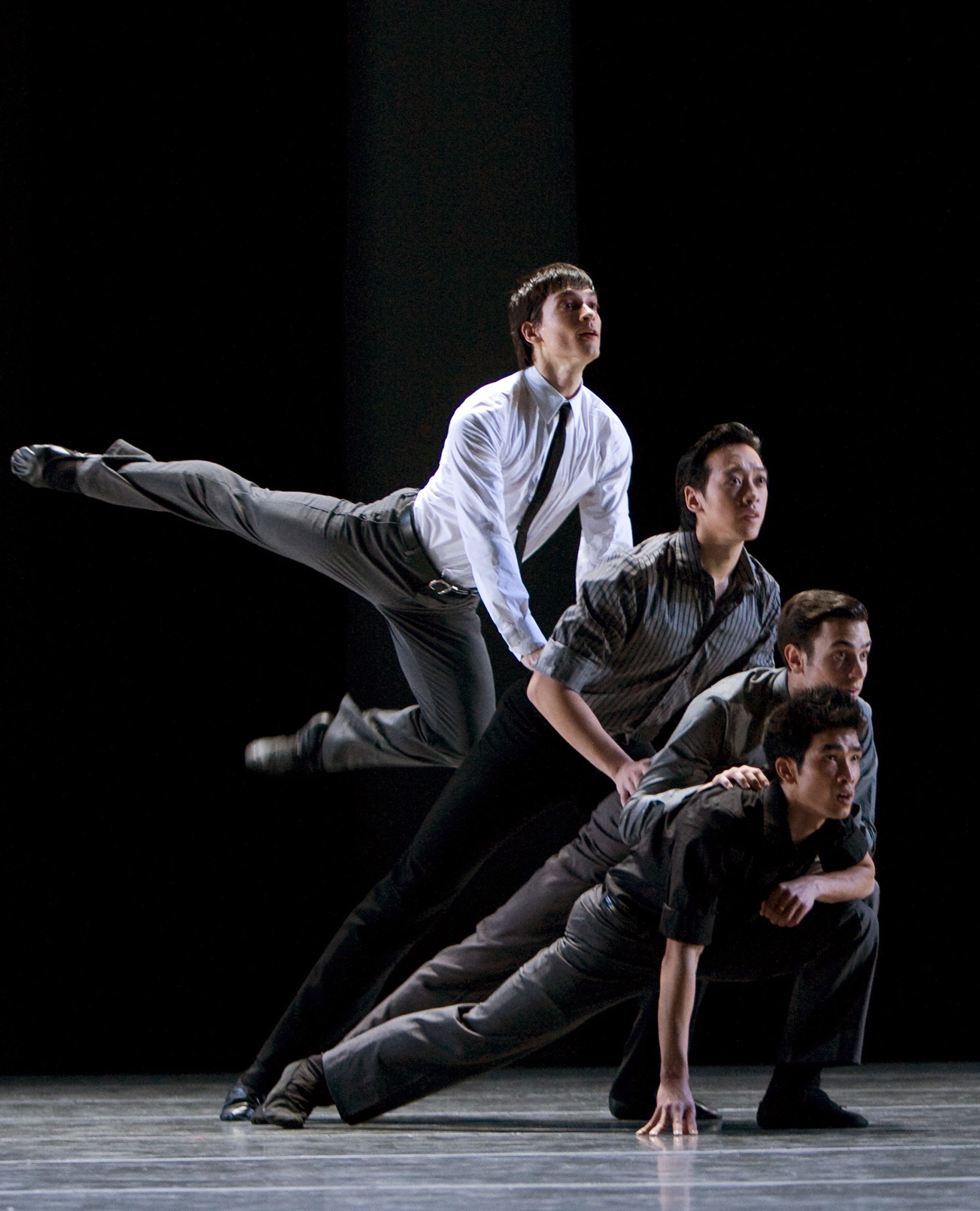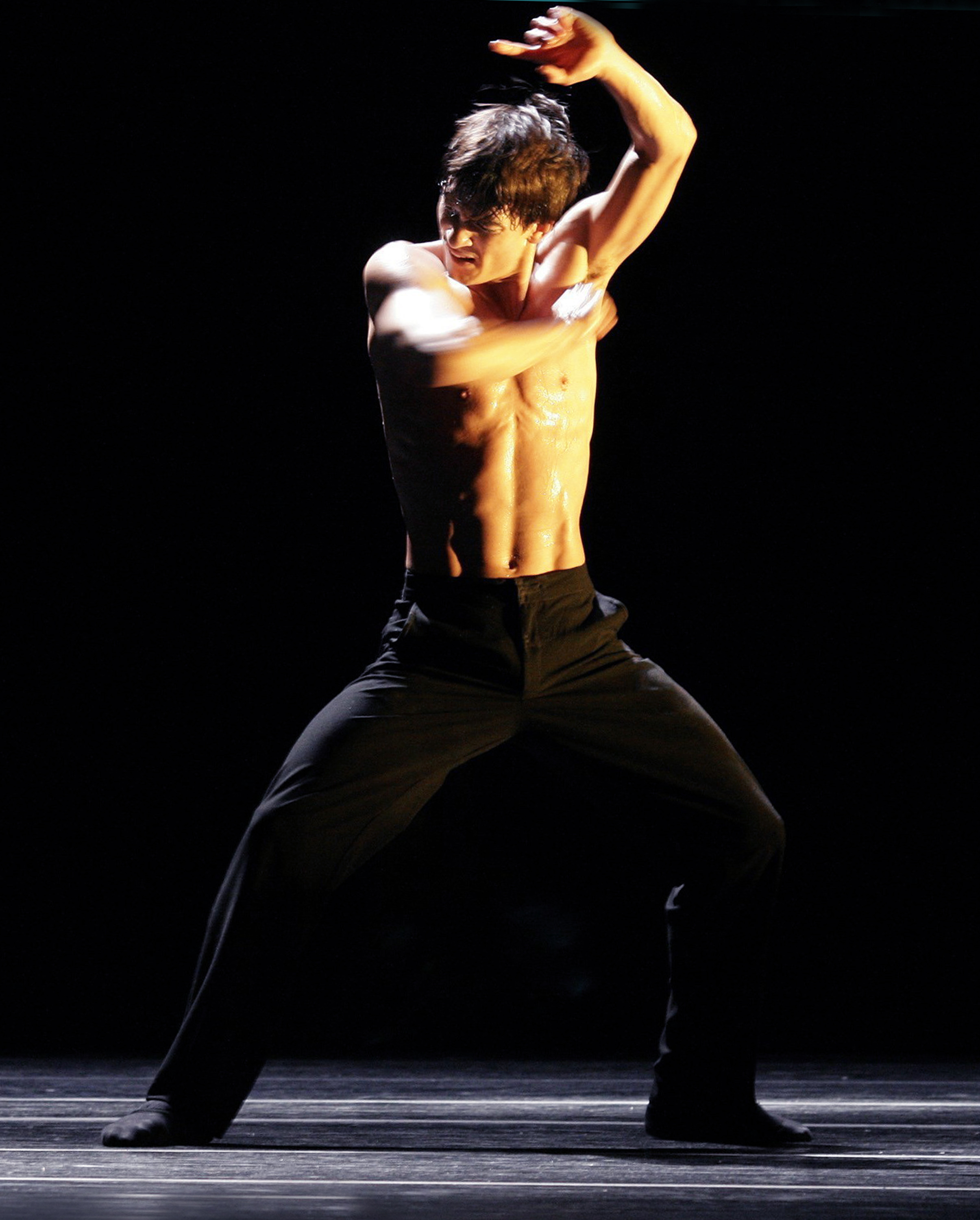Noche Flamenca / Lucille Lortel Theatre, NYC / December 24, 2009 – January 16, 2010
What better way to spend New Year’s Eve than watching Noche Flamenca?
The Lucille Lortel Theatre, intimate in size, is dark and gloomy, the seats for the onlookers sheathed in a deep red velvet that hints at half-hidden passions. It’s not as atmospherically decrepit as the East Village’s Theater 80, where the troupe usually gives its extended summer seasons, but it will do.
Besides the change of venue, there’s been a change in billing: The name of the company’s diva, Soledad Barrio, one of the most thrilling dancers in the world, now towers over the name of the company. With good reason.
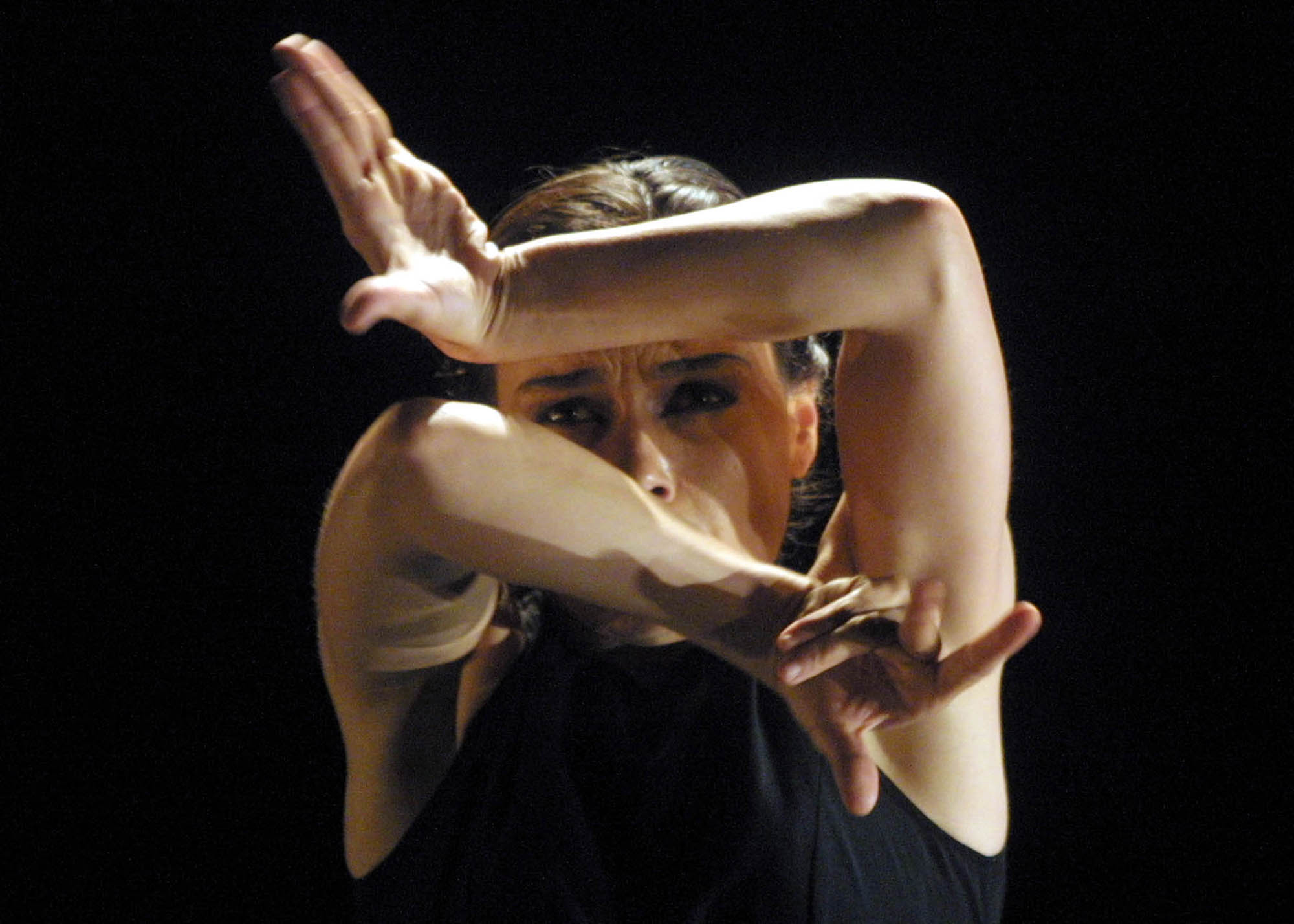
Soledad Barrio
Photo: Telam
Barrio is simply more intent than even the most acute dancers. Onstage, she becomes a person who takes everything seriously and personally, beginning with the assumption that life is tragic.
In a solo that climaxed the program, Barrio appeared as a contender with deep, dark forces. Fabulously costumed for the encounter, she wore a black ankle-length dress with long lace sleeves and a lace back that wove a spidery pattern over her flesh. Its artfully layered skirt, glimmering with streaks of jet beading, promised to do its own dancing if provoked by the slightest movement of her hips.
After her entrance, though, Barrio stood perfectly still for a very long time with her back to the public–a feat with which few dancers can command their audience’s attention. Her spine was arched, her head placed to present a stern profile. Then, a swift turn, and she faced her watchers directly, her gaze defying its communal gaze at her. She raised one arm, paused, then the other, paused, and finally added a baroque flourish of her fingers. Behind her, singers and instrumentalists waited, as if they were comrades–soul mates, perhaps–with whom she would undertake a perilous journey.
Head swiveling, she stomped halfway across the stage, and a rose that had ornamented her hair dropped to the dingy floor. She saw it fall, gazed at it, as if to acknowledge and pity its fate, and left it where it lay. It was a live rose, I believe, and its loss an accident.
Lifting her skirt to reveal her pale, powerful legs, she used them like pistons, whipping herself into a frenzy of high-voltage footwork. Halting abruptly, she covered her face with both hands for a moment, as if shielding her eyes from an unbearable sight, then emerged from that screen even more fully possessed by her dancing. Her actions no longer seemed to be a performance but rather the work of some primal force of nature being given free rein as we, her observers, ceased to exist for her.
She passed her forearms across her face, then, driving her heels into the floor, raised her arms high over her head, twisting her hands and fingers, transforming them into exotic flowers. She stopped, looked down once more at the maimed rose, then calmly joined the little single-file line formed by the musicians walking offstage, as if to their next pilgrimage.
In the production I saw at the Lortel, Barrio was the only female dancer in the little troupe. Well, what woman could hold a candle to her? In modern dance, Isadora Duncan and Martha Graham. In ballet, maybe Nora Kaye, in her Tudor roles. Certainly no one we can go and see today has Barrio’s transformative power.
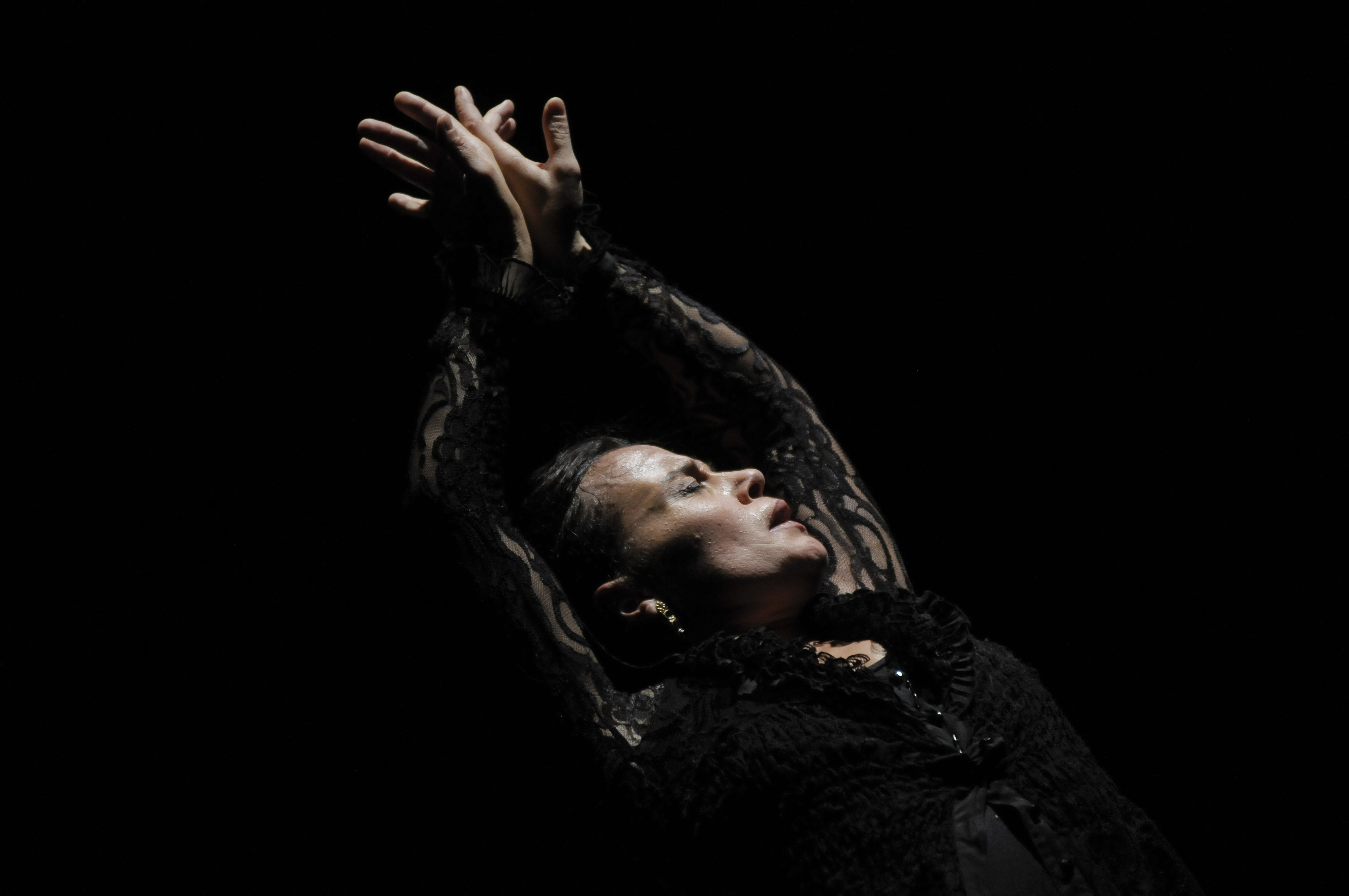
Soledad Barrio, in the black dress
Photo: Andres D-Elia
The men of the current troupe naturally serve as foils to its star, yet they are extremely accomplished and shown to good advantage. Antonio Jiménez offers an intriguing combination of sturdy legs, scintillating footwork, and delicate gestures of the hands. In his solo, he often hugged his arms tight to his chest, his hands clutching the flaps of his open jacket, like an infant holding on for dear life to its security blanket. And, while he danced, he’d frequently close his eyes, as if to keep his fierce energy within his control. Yet when his solo wound down, he just walked off, matter-of-factly, like an ordinary pedestrian, toward a red light that gleamed in the wings, a fiery sun.
Juan Orgalla opened his solo with a fusillade of footwork. It seemed as if a single step of his boot could kill. His spectators might well have thought, “If he has a heart, you’d never know it; he’s all about power and command, about a way of being masculine that’s native to flamenco and the culture it stems from.” Many a woman has been (and perhaps still is) delighted to submit to the type Orgalla conjures up. A feisty female would laugh him away; a timid innocent would be terrified by the mere idea of being alone in a room with him. Still, when Orgalla segued into a long passage of gentler, more subtle footwork, it became clear that he’s not merely a mirror of dominating masculinity but, rather, a canny virtuoso.
Martin Santangelo, the company’s founder and director (and, incidentally, Barrio’s husband), choreographed the program’s two group pieces–Alba (about a band of American heroes in the Spanish Civil War) and Refugiados (inspired by the writings of refugee children in dire circumstances). In the latter, Santangelo’s manipulation of dancers, singers, and instrumentalists in the space is a small architectural tour de force. Still, there’s no denying the fact that flamenco, when it’s truest to its nature, prefers the solo or, at most, duet form. It is non-narrative and shorn even of a particular theme other than the one that lies at its heart–life’s proud face-off with death. Flamenco is also essentially improvised and so resists the services of a choreographer. I understood that the solos I watched as the clock inexorably ticked its way toward midnight might look very different in 2010. ¡Feliz Año Nuevo!
Soledad Barrio with musicians of Noche Flamenca
Photo: James Morgan
© 2010 Tobi Tobias







